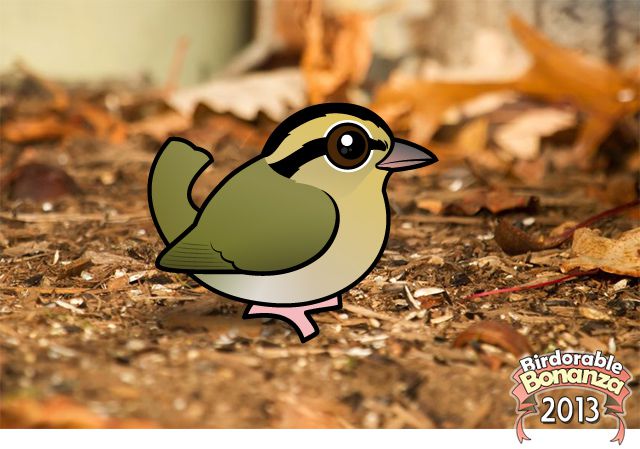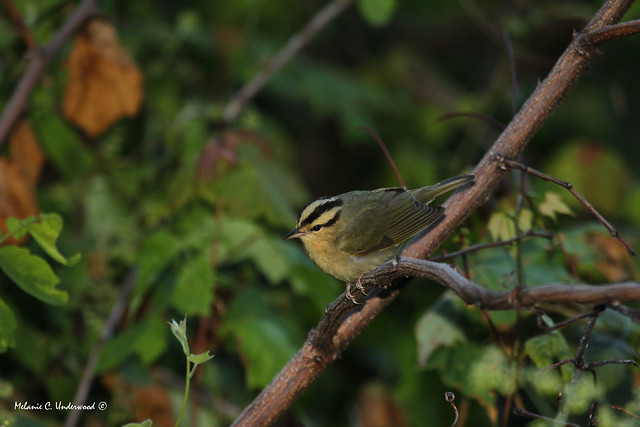2013 Bonanza Bird #11
A Forest's Dweller: Getting to Know the Worm-eating Warbler
We've reached the eleventh day of our 2013 Birdorable Bonanza, and today we're thrilled to introduce a charming and somewhat elusive bird to our family. Today's featured Bonanza bird is the Worm-eating Warbler.

Despite their name, Worm-eating Warblers are not particularly known for feasting on worms. Instead, these birds have a different approach to foraging. They are often found lurking near the forest floor, skillfully searching for insects like spiders and caterpillars within the understory. Their foraging habits generally keep them away from the ground itself, meaning earthworms are rarely part of their diet, contrary to what their name might suggest.
One of the unique aspects of Worm-eating Warblers is their nesting behavior. These birds build their nests on the ground, carefully crafting them out of leaves and moss to create a safe and concealed space on the forest floor. This ground-level nesting is quite unusual among warblers.

The plumage of the Worm-eating Warbler plays a critical role in their survival, especially during the incubation period. Their feathers are an elegant yet dull olive-brown, a coloration that provides excellent camouflage against the forest floor and helps protect them from predators. This subtle but effective plumage allows Worm-eating Warblers to blend seamlessly into their surroundings.
Tomorrow we'll add a colorful, conspicuous and boisterous species of flycatcher that is a target species for south Texas birders.










Comments
Leave a comment
Thank you!